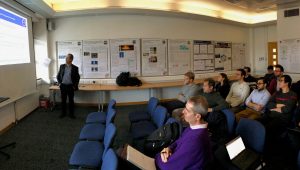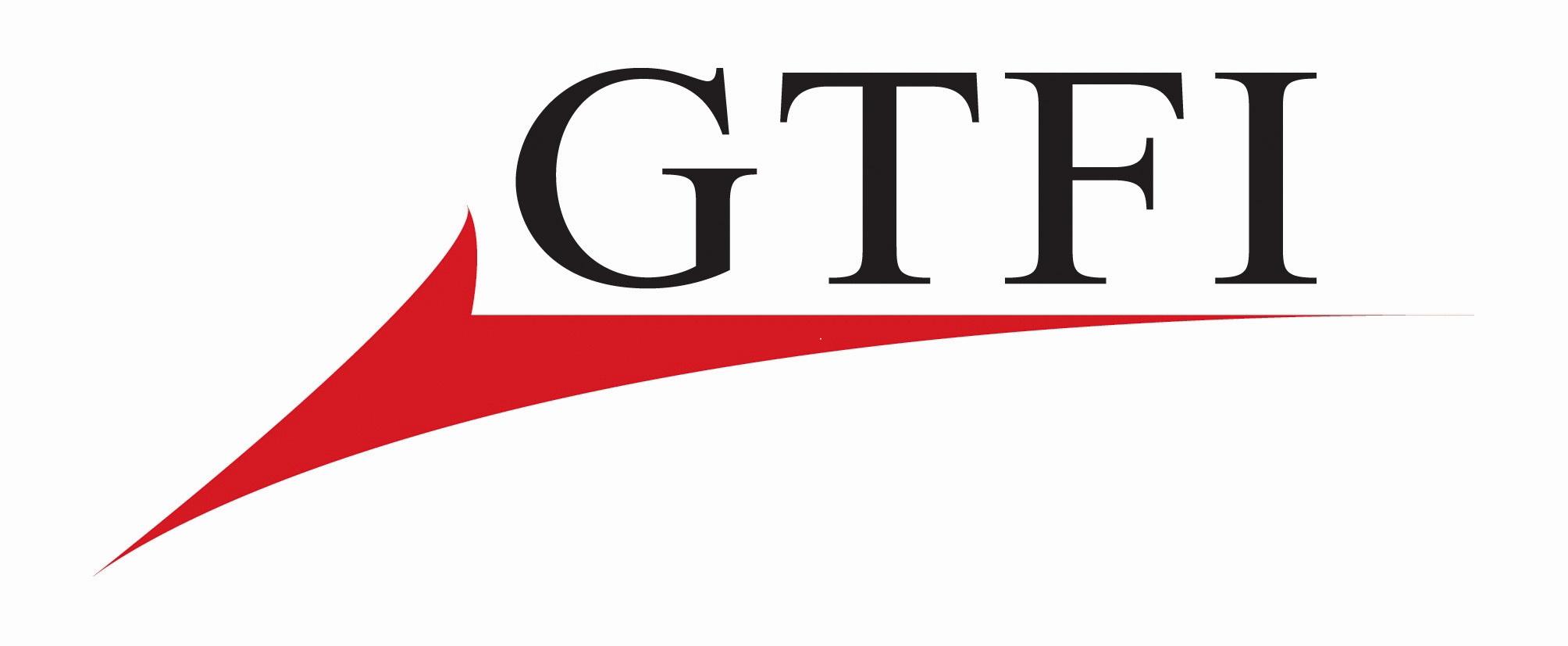 The European Association for Passive Fire Protection (EAPFP) joined forces with the Society of Fire Protection Engineers (SFPE) to host an Interactive Workshop on the Vital Role of Passive Fire Protection for fire engineering students and staff at the University of Edinburgh on 6 November.
The European Association for Passive Fire Protection (EAPFP) joined forces with the Society of Fire Protection Engineers (SFPE) to host an Interactive Workshop on the Vital Role of Passive Fire Protection for fire engineering students and staff at the University of Edinburgh on 6 November.
The Workshop aimed to raise understanding of the vital role of passive fire protection systems and highlight some of the challenges faced in their testing, design and installation. The event also featured a panel discussion on possible opportunities for academic research to assist the PFP sector, and poster presentations from students outlining their work.
Attendees were welcomed to the Workshop by Professor Luke Bisby, Chair of Fire and Structures at the University of Edinburgh, who highlighted the need for knowledge-led design in fire engineering. He noted that standard product fire tests could never replicate the performance of actual buildings in real fires. Declaring that all fires are different, he said that to improve understanding and research there was a need for feedback from real fire experiences to be supplied for research. Professor Bisby stated that data from real fires was necessary to develop and update standard fire tests and fire curves:
“We need to greatly improve the education of engineers, as well as education of regulators. We need to undertake research to generate new knowledge. We need to collect data in our tests that can be used to support knowledge, rather than simply assess compliance. And we need data from practice, via real fires systematically investigated, and the results disseminated.”
EAPFP president Miroslav Smolka and SFPE Europe director Jose Luis Fernandez provided a brief introduction to each organisation, before EAPFP technical officers, Andrew Taylor and Kees Both opened the discussion.
Following the theme from Professor Bisby’s introduction, they described a number of large loss fires and near misses highlighting the need to gain data and understanding from real fires in order to understand how and why fires spread and to explain ‘unexpected’ fire spread as experienced in a number of recent fires. They noted that the reasons why fires do not spread are also key to understanding the behaviour of modern buildings.
Discussions followed on the suitability of current fire tests and the need to understand and investigate test results and challenge the assumptions of standard fire tests. The lack of meaningful statistics was also highlighted as a key challenge, particularly when looking for data on incidents where compartmentation worked successfully and contained fire spread.
Development of new product solutions was also discussed. With recent examples of products such as cavity barriers being missed or installed incorrectly, there were questions about how such products could be engineered out or improved to ensure correct installation.
The event concluded with a series of poster sessions by the students who provided details of their research work before Professor Grunde Jomaas BRE Chair of Fire Safety Engineering brought the seminar to a close, thanking all for their active contributions and engagement in the discussions. To view the seminar presentations and posters visit: www.eapfp.org.uk.
Commenting on the event, EAPFP President Miroslav Smolka declared:
“The EAPFP is grateful to the SFPE and the University of Edinburgh, and especially the SFPE Edinburgh student chapter, for joining with us to host this thought-provoking event. We were delighted to see the interest and enthusiasm of the students who attended and their obvious eagerness to develop stronger ties.
“The discussions served to highlight some key areas of potential collaboration between the passive industry and the research community and the EAPFP will continue to reach out to the SFPE and to universities to identify opportunities for further co-operation.
“It is clear that we need to close the loop between the behaviour of buildings in real fires, the design of structures and the standard fire tests so that we can try to understand what happened and why. By working together in key areas of research we hope to prevent more fires and ensure the safety of our future built environment.”
Professor Bisby added:
“It was our great pleasure to host the seminar with colleagues from EAPFP. The event included a number of very interesting and useful presentations, but more importantly it led to open, frank, challenging, yet positive discussions regarding a range of the most important issues currently facing the passive fire protection industries in Europe.
“Such open-minded and positive discussions – particularly involving both industry and the next generation of fire safety practitioners – are clearly the way forward. The University of Edinburgh is proud to play a role in instigating such discussions at this critically important time for the fire safety professions. More of this please.”
The EAPFP acts as the European voice for passive fire protection. EAPFP members are national associations representing manufacturers, contractors and other institutions involved in passive fire protection. Members meet twice each year to discuss issues affecting the European fire industry.
For further information on the EAPFP, visit www.eapfp.com; tel: +44 (0)1420 471616; e-mail: admin@eapfp.com.



